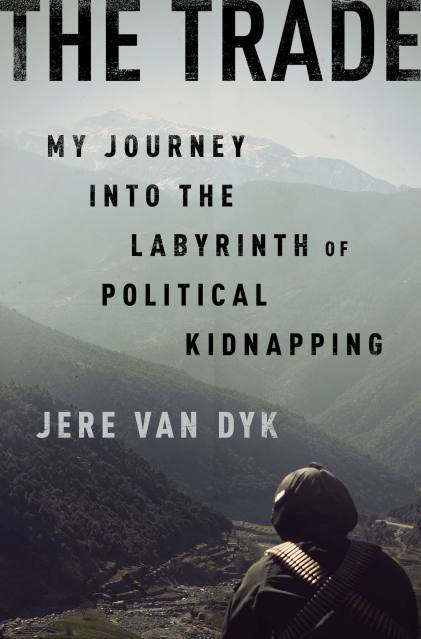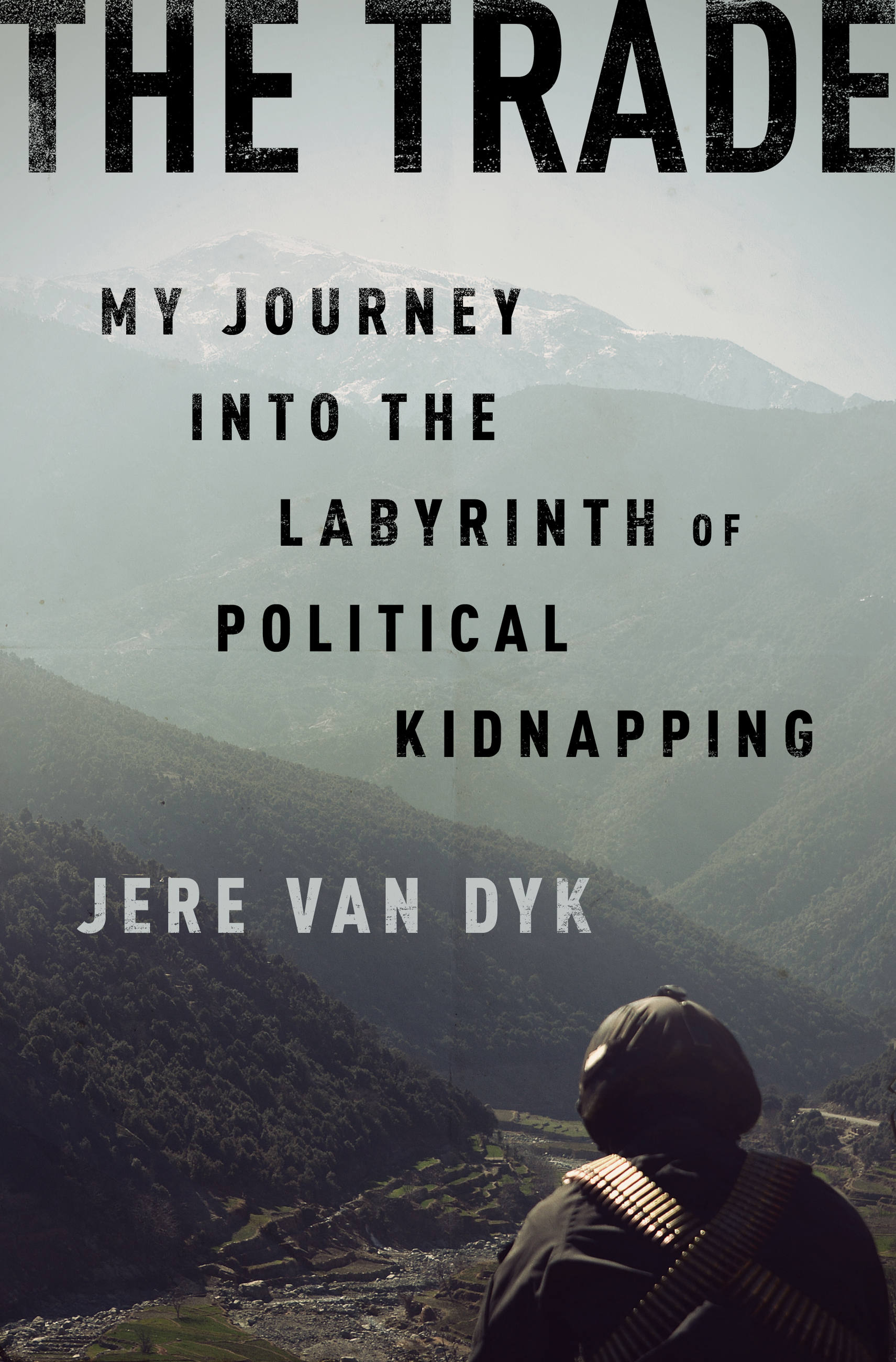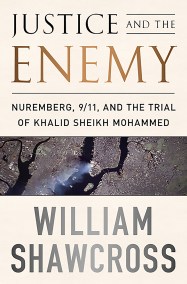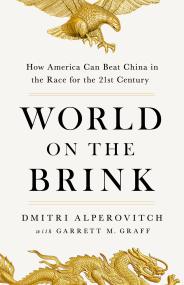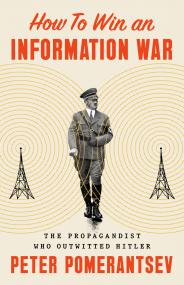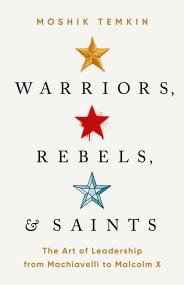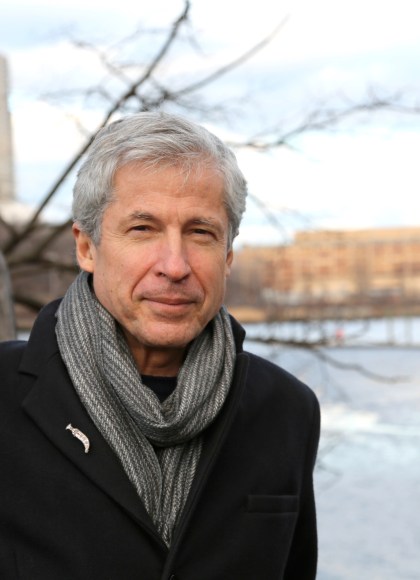Promotion
Use code MOM24 for 20% off site wide + free shipping over $45
The Trade
My Journey into the Labyrinth of Political Kidnapping
Contributors
By Jere Van Dyk
Formats and Prices
Price
$16.99Price
$21.99 CADFormat
Format:
- ebook $16.99 $21.99 CAD
- Hardcover $28.00 $36.50 CAD
This item is a preorder. Your payment method will be charged immediately, and the product is expected to ship on or around October 10, 2017. This date is subject to change due to shipping delays beyond our control.
Also available from:
In 2014, Jere Van Dyk traveled to Afghanistan to try to discover the motives behind a kidnapping that had occurred six years earlier — his own. He was haunted by questions about why he was taken and why he was released, and troubled by the refusal of his friends, employer, and government employees to offer him a full account of what they knew. An experienced investigative reporter, he began a quest to interrogate the accuracy of everything he was told, including from the people he trusted most.
In pursuing his kidnappers, and the stories of the intermediaries and money men, Van Dyk uncovered not just the story of his own abduction but the operation of what he calls the Trade: the business of kidnapping. Operating according to its own shadowy rules, the Trade has become a murky form of negotiation between criminal groups, corporations, families, and governments who have no formal lines of communication.
Van Dyk’s journey took him from up near the Tribal Areas of Pakistan, to the tea shops of Kabul, to the Obama White House, and revealed evidence of lucrative transactions and rival bandit groups working under the direction of intelligence services. In its course, he met the families of many Americans who were or are still kidnapped, bargaining chips at the mercy of violent and pitiless extremists who thrive in the world’s most lawless spaces.
Genre:
-
"Journalist Van Dyk's gripping follow-up to Captive-a memoir about his 2008 abduction in Afghanistan-probes the machinations of the criminals, terrorists, and governments behind his ordeal.... Like a Le Carré novel, Van Dyk's narrative conjures disorientation, danger, and paranoia as he ponders the hidden motives of the smiling, solicitous men he encounters, all the while conveying his deep-seated anguish."Publishers Weekly
-
"Tenacious....Van Dyk is a methodical and sensitive reporter, and his emotions are made vivid....There is much to admire in [his] character: his perseverance, the stark pioneer spirit honed in his youth, his desire to seek the truth."TheNew York Times Book Review
- On Sale
- Oct 10, 2017
- Page Count
- 448 pages
- Publisher
- PublicAffairs
- ISBN-13
- 9781610394321
Newsletter Signup
By clicking ‘Sign Up,’ I acknowledge that I have read and agree to Hachette Book Group’s Privacy Policy and Terms of Use
